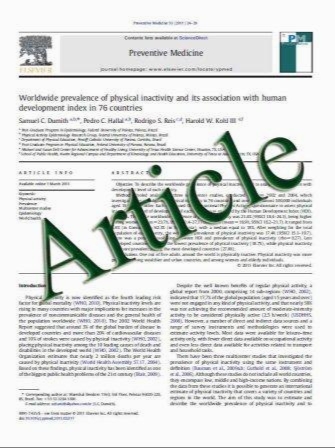The impact of mixing surgical subspecialty patients on wound infection rates
- نوع فایل : کتاب
- زبان : انگلیسی
- مؤلف : Mohiemen Anwar Louisa Ferguson Zaid Awad Khalid Ghufoor
- چاپ و سال / کشور: 2011
Description
To investigate the impact of mixing surgical subspecialty patients on post-operative wound infections. A retrospective analysis of post-operative wound infections in head and neck surgery patients before and after mixing them with urology patients. We selected two periods that are identical in duration and seasonal spread. The first was from March 2005 to November 2005 and the second was from March 2006 to November 2006. 1,381 patients underwent head and neck surgery at our institution in the two periods; 705 in the first and 676 in the second. Excluding MRSA positive swabs, the rate of positive swabs or ‘‘episodes’’ was 4% in the first group (2005) and 10% in the second group (2006). The monthly breakdown showed a significant increase in the second group (2006) (p = 0.024). Uro-genital microorganisms were the main factor contributing to the increase in wound infection rates in the second period (p = 0.008). Other organisms like MRSA, remained statistically unchanged (p = 0.464). It is recommend that head and neck surgery patients are better managed on separate wards. Clinicians should have a low threshold of suspecting a broader range of microorganisms when other specialty patients are on the same ward
Eur Arch Otorhinolaryngol DOI 10.1007/s00405-011-1578-y, Received: 1 November 2010 / Accepted: 23 February 2011


